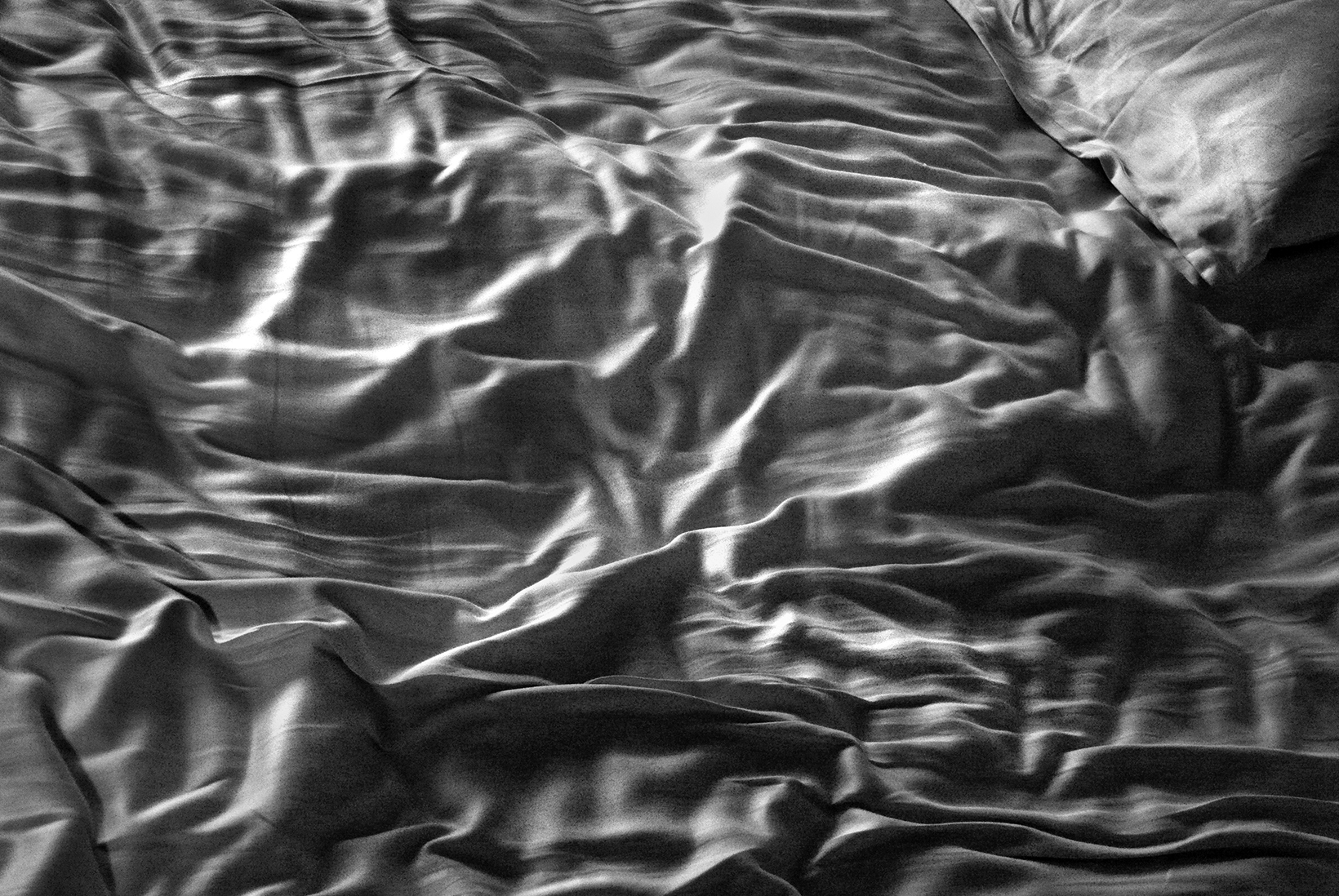Featured Selections
From the Archives
Any Comments Or Questions?
Girlie slid out like a hot buttered noodle on that Indian-summer night in October — her father’s birthday, in fact.
November 2000June 1954
I was conceived / in a shack by the sea, / its shingles bleached / and beaten nickel gray. / There were waves that day / washing over the foundations / of the old saltworks.
October 1997Cherish This Ecstasy
The peregrine falcon was brought back from the brink of extinction by a ban on DDT, but also by a peregrine-falcon mating hat invented by an ornithologist at Cornell University. If you can’t buy this, Google it.
July 2008When A Tree Falls In The Forest
An Interview With John Seed
Let me give an example of the scale of the destruction that’s going on. We know that the amount of solar energy necessary to sustain the hydrological cycle in the Amazon jungle — the energy necessary to lift that water into the atmosphere — is equivalent to the energy put out by two thousand hydrogen bombs a day. The vegetation that grows there captures that much energy. It creates a huge heat engine that drives the winds of the world, those winds that the ancient mariners knew, and the same winds that deliver moisture regularly and predictably to North America and to Europe. Those winds don’t simply exist — they’re continuously being created and maintained by large biological systems. The Amazon is one of the vital organs of the living planet.
January 1993Weekly Apocalyptic, Or Poem Written On The Wall In An Ascending Space Capsule
We had to stop what we were doing / to see what we had done. Thing was, / we wouldn’t.
December 2012What We Came For
They had to wait a long time for the harvest to begin. Gerard talked to Kate of nothing else for weeks. He imagined the two of them working their way across Canada, then down the West Coast of the U.S., picking fruit and living like gypsies.
October 1996A Thousand Elephants
This is The Sun’s thirty-third anniversary issue. How grateful I am that this improbable dream continues; that my ardor for the work is undiminished. I’m married to The Sun, I expect, till death do us part.
January 2007Last Words
I stood by the open door, watching my old Olympia sail past me. It hit the grassy strip near the parking lot, the carriage extended like a climber’s broken leg after a fall. . . . I remember the thud; the carriage bell ringing once, with the impact; then ringing again, as if in disbelief.
September 1987May 2002
As long as I’m still trying to curry favor — with my dead father, with my admiring readers — I’m not writing from the heart, not really. What a busy little gardener I’ve become, pruning these sentences with such care, clippers always at the ready, clip clip. But beyond the rose garden is the meadow and beyond the meadow is the forest and deep inside the forest is the river and the river runs to the sea. I can’t get to the sea by working on my roses, by making them picture perfect.
May 2002A Friend Of The Sun
From half a lifetime away, I saw an idealistic young man, hair down to his shoulders, standing on the street with a stack of magazines under his arm. He, too, was struggling to overcome his shyness as he tried to describe his new magazine to passersby. The afternoon light was fading, but he wasn’t ready to quit just yet. I imagined reaching across the years to shake his hand, to thank him for not letting shyness get the best of him, to encourage him to keep on.
June 2004